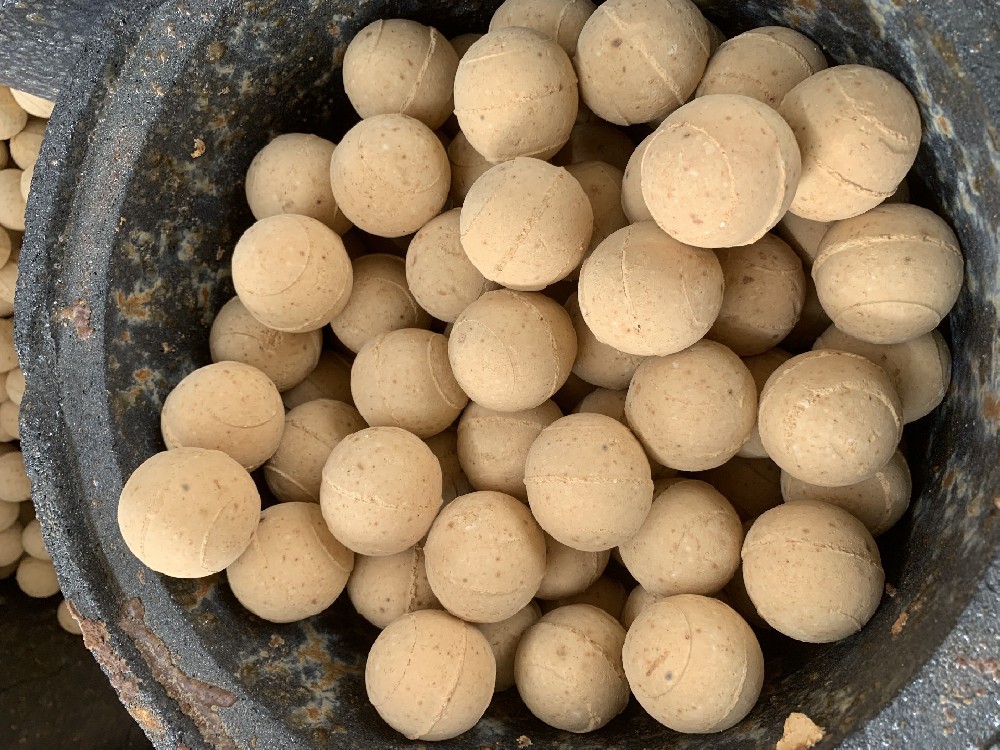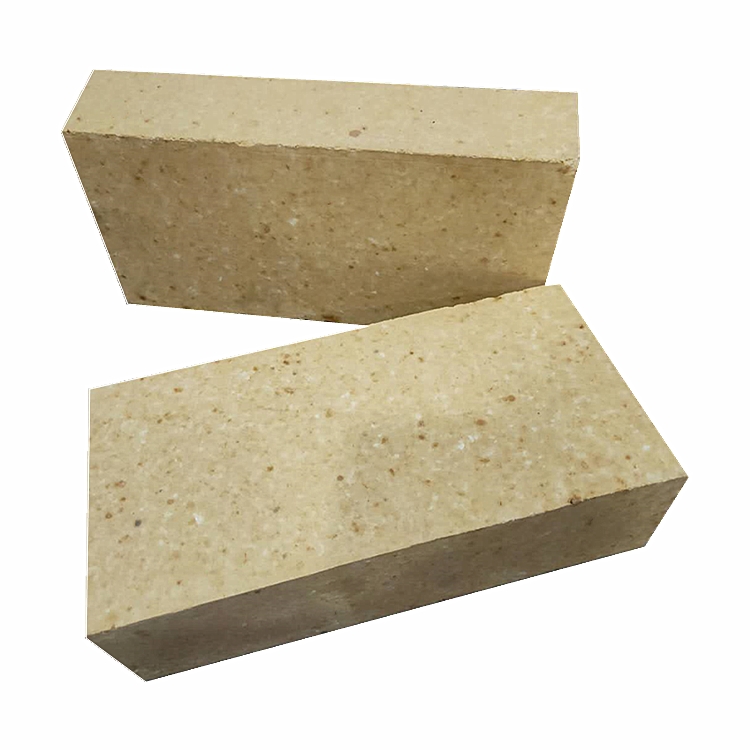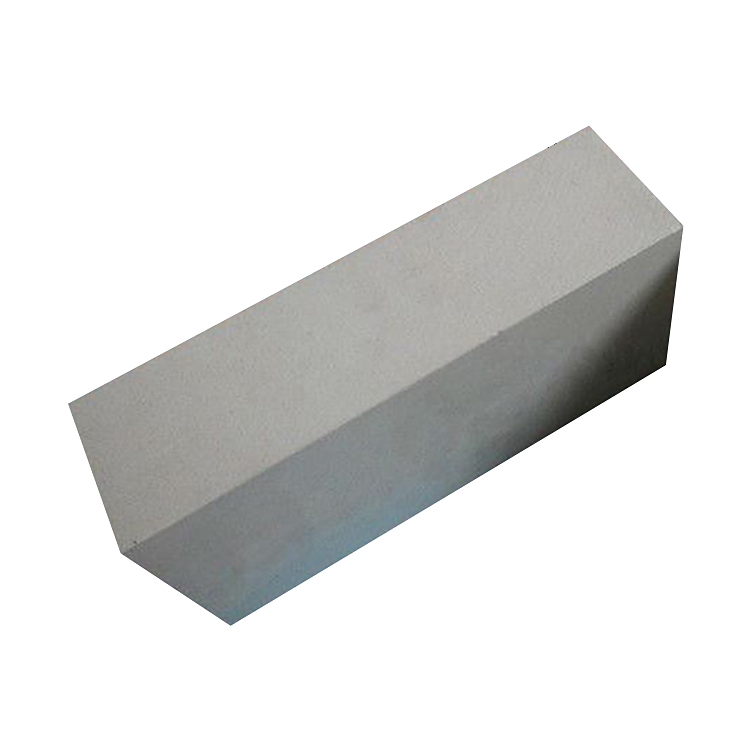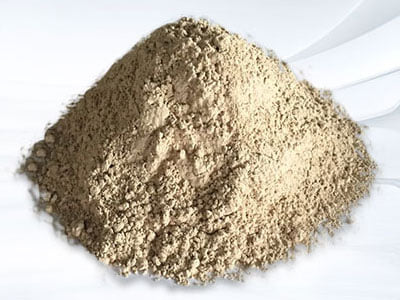Three kinds of raw materials commonly used in magnesita refractories
Three kinds of raw materials commonly used in magnesita refractories
Magnesia is the main raw material of magnesita refractories, the main chemical composition is MgO, and the mineral is periclase. Pericarite belongs to the equiaxed crystal system, with a density of 3.56-3.67g/cm3, a hardness of 5.5, a linear expansion coefficient of up to 13.5×10-6K-1, and a large elastic modulus. It is cubic, octahedral or irregular granular. The chemical properties are stable, the lattice energy is large, and the melting point is as high as 2800 ℃. Magnesium oxide is mainly produced from natural magnesite, dolomite, brucite (Mg(OH)2), serpentine (3MgO 2SiO2 2H2O), salt lake brine, seawater, etc. China's magnesia refractory raw materials mainly come from natural magnesite. China is rich in natural magnesite with excellent texture. Among them, Dashiqiao-Haicheng magnesia is the most famous. In Europe, the United States, Japan and other countries, magnesia is extracted from seawater, because magnesite resources are scarce or special needs.
(2) Sintered magnesia
Commonly called sintered magnesia, is a product obtained by calcining magnesite, brucite and magnesium hydroxide extracted from seawater or brine using rotary and shaft kilns.
Light burnt magnesia is magnesia obtained by calcining magnesite at about 700~1100℃, also called light burnt magnesia. Light-burned magnesium powder is light and soft, has a porous structure, and has a density of 3.07-3.22g/cm3. The periclase grains are very small (<3μm), and the reactivity is large, which is prone to solid-phase reaction and sintering. The product with high bulk density and low porosity obtained by fully sintering magnesite or light-burned magnesia at 1450-1900 ℃ is called dead-burned magnesia, also known as sintered magnesia and dead-burned magnesia. Dead-burned magnesia is very dense, and the density fluctuates between 2.95-3.65g/cm3 according to the impurity content, phase composition and structure. The magnesia produced from the magnesia obtained from seawater is called seawater magnesia. It is obtained by Mg(OH)2 or bischite obtained by Mg2+ precipitation in seawater as raw materials, and is obtained by calcining decomposition and high temperature sintering. . The advantage of seawater magnesia is that seawater is inexhaustible, the product has high purity, MgO content above 95%, chemical composition is easy to adjust, and the density is 3.30-3.49g/cm3.
(3) Fused magnesia
Fused magnesia is mainly brownish-yellow, dark-brown granular blocks with good uniformity, and the main mineral is periclase. The impurity content of fused magnesia is very small, the silicate content is low and the distribution is island-like. The periclase crystallizes from the melt, the crystal is coarse, the direct contact between the grains is high, the structure is very dense, the high temperature volume and chemical stability are good, and the hydration resistance and slag resistance are good. In an oxidizing atmosphere, the stability can be maintained below 2300 ℃, so that the good performance of periclase can be fully exerted. Colorless and transparent large-grain periclase can be obtained by smelting with a special process. Large grain magnesia has the following excellent properties and uses:
①Large crystalline magnesia has good crystallization, stable lattice constant, high purity and few defects. It can be used for superconductors, printing boards of strong insulating material films, substrate materials for far-infrared induction receivers, etc.
②The refractory material made of electro-fused large crystal magnesia is used in the special parts of the metal melting furnace with strong corrosion, which improves the service life of the melting furnace.
-

Thermal storage alumina balls
The Thermal storage alumina ballsis made of industrial alumina and refractory kaolin as the main raw materials through scientific formula, forming and high-temperature calcination.Thermal storage alumina ballss are divid··· -

Anti-stripping high alumina brick
Use description of Anti-stripping high alumina brick1. Anti-stripping high alumina brick has a good application in low temperature parts such as large and medium-sized cement precalciner, kiln smoke chamber, indoor decom··· -

Anti-stripping high alumina bricks
Anti-stripping high alumina bricks are made of high alumina bauxite clinker, mullite, kyanite, zircon sand, and binder after granulating and powdering processes, mixed in a certain proportion, pressed into shape, and fir··· -

silica hot repair refractory
Performance index of silica hot repair refractoryThe material is a kind of plastic unshaped refractory material, its main component is SiO2, it is made of special clinker and various binders and additives, and it is proc···

